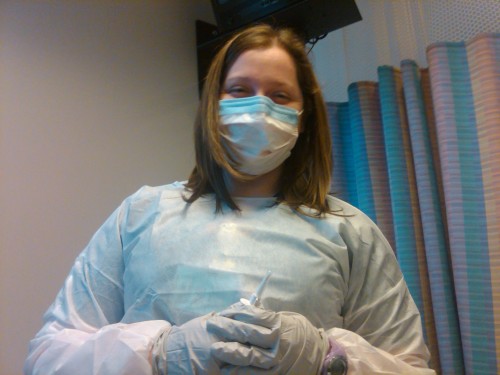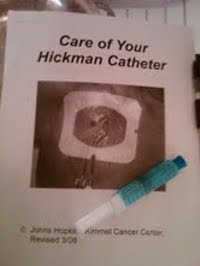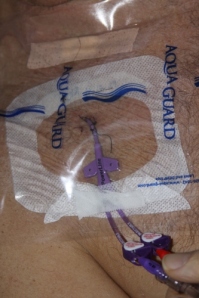It seems to me that the word “chemotherapy” is one of those rare words that can instantly conjure up fear and images of pain and suffering, similar to words like “Holocaust” and “September Eleventh.” Perhaps those comparisons are not exactly appropriate (and bordering on bad taste), but my point is, just hearing the word chemotherapy tends to scares us.
And for good reason, too. Chances are, we know someone close to us, maybe a loved one or a friend, who got cancer and who had to receive rounds of chemotherapy. And from them, we heard firsthand how tough it was on the body. We heard about the nausea and vomiting, we heard about how it attacks the intestinal tracks and causes mucositis, we heard about their inability to eat and the loss of weight, we heard about the lightheadedness and dizzy spells, and we heard about the hair loss.
But chances also are, even though we know the word and are familiar with all of the effects associated with it, we really don’t know what it is. Now, I’m not about to try to cover the many different forms of chemotherapy treatments that are available, you can do a quick search and find out all about them if you’re really interested, but I do think it’s interesting that one word can have such an impact on our collective psyche without us really knowing much about it.
One thing I can tell you about chemotherapy, the stuff is toxic. Take a look at the picture of my nurse at the top of this post. She has to take special precautions to ensure that she doesn’t come in contact with the chemotherapy. She has to wear a mask, a disposable suit that wraps around and completely covers her clothing, and special gloves that go over the standard gloves she wears. What you don’t see in the picture is that the nurses also have a special hat that has a clear guard to protect their neck and face. It looks similar to what a spot welder would wear. And then, after she is completely protected, she pumps that toxic junk right into me.
From my experience, it seems that whenever chemotherapy is discussed, we tend to focus on all the negativity associated with it–just like I’ve been doing in this post–and barely focus at all on its most important quality: CHEMOTHERAPY SAVES LIVES! It saved my life. And, like a miracle, it’s saving countless of other lives every single day. We all should give thanks to God for it.





